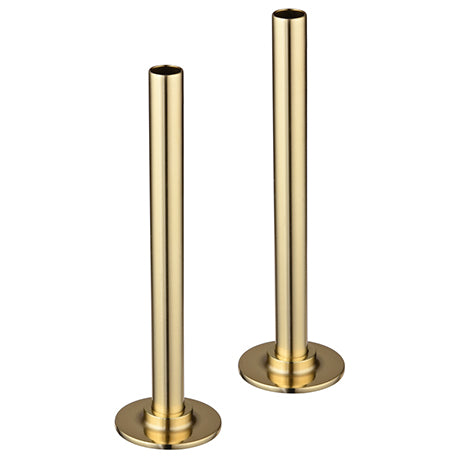How to Fix a Leaking Rail Radiator: A Comprehensive Guide
Table of Contents:
Introduction
A leaking towel rail radiator can be more than just an inconvenience; it can lead to increased water bills, damage to your bathroom, and a decrease in the efficiency of your heating system.
But fear not, as fixing a leaking towel rail radiator can often be a straightforward DIY task.
Whether you’ve spotted water on the floor or have noticed a drop in performance, this guide will walk you through the steps to diagnose and fix common leaks in your towel rail radiator.
Step-by-step Guide
Step 1: Identify the Source of the Leak
The first step in fixing a leaking towel rail radiator is to identify where the leak is coming from. Common sources include the valve connection points, the body of the radiator itself, or the joints between sections. Dry the area thoroughly and observe where water appears to pinpoint the source.
Step 2: Tighten Any Loose Connections
If the leak is coming from a valve or a connection point, it may simply be a case of a loose connection. Use an adjustable wrench to gently tighten the nuts on either side of the valve. Be cautious not to over-tighten, as this can damage the valve or pipe.

Step 3: Replace Damaged or Worn Seals
Over time, the seals or washers within the valve connections can wear out or become damaged, leading to leaks. If tightening the connections doesn’t stop the leak, you may need to replace the seals. Turn off the water supply before removing the valve to access the old seals, and then replace them with new ones.
Step 4: Repairing Leaks in the Radiator Body
Leaks from the radiator body or between sections are usually a result of corrosion. For minor leaks, a radiator sealant can provide a temporary fix. However, severe corrosion might necessitate replacing the affected section or the entire radiator. Radiator sealants can be found at most DIY stores; simply follow the manufacturer's instructions for application.
Step 5: Replacing a Faulty Valve
If the valve itself is the source of the leak and cannot be repaired by simply tightening or replacing seals, you may need to replace the valve. Ensure you select a compatible replacement valve. After shutting off the water supply and draining the relevant part of your heating system, remove the old valve and install the new one, securing all connections tightly.
Step 6: Test Your Repairs
Once you’ve tightened connections, replaced seals, or installed a new valve, turn the water supply back on and check for leaks. If you’ve applied sealant, allow it to dry according to the product instructions before testing.

Conclusion
While a leaking towel rail radiator can be a nuisance, most leaks can be addressed with a few simple tools and a bit of know-how. For those leaks that require professional attention or if you’re unsure about undertaking repairs yourself, don’t hesitate to contact a professional plumber.
Looking to upgrade your bathroom's heating solutions? Explore Tapron UK’s extensive range of towel rail radiators designed to provide both warmth and style to any bathroom.






































